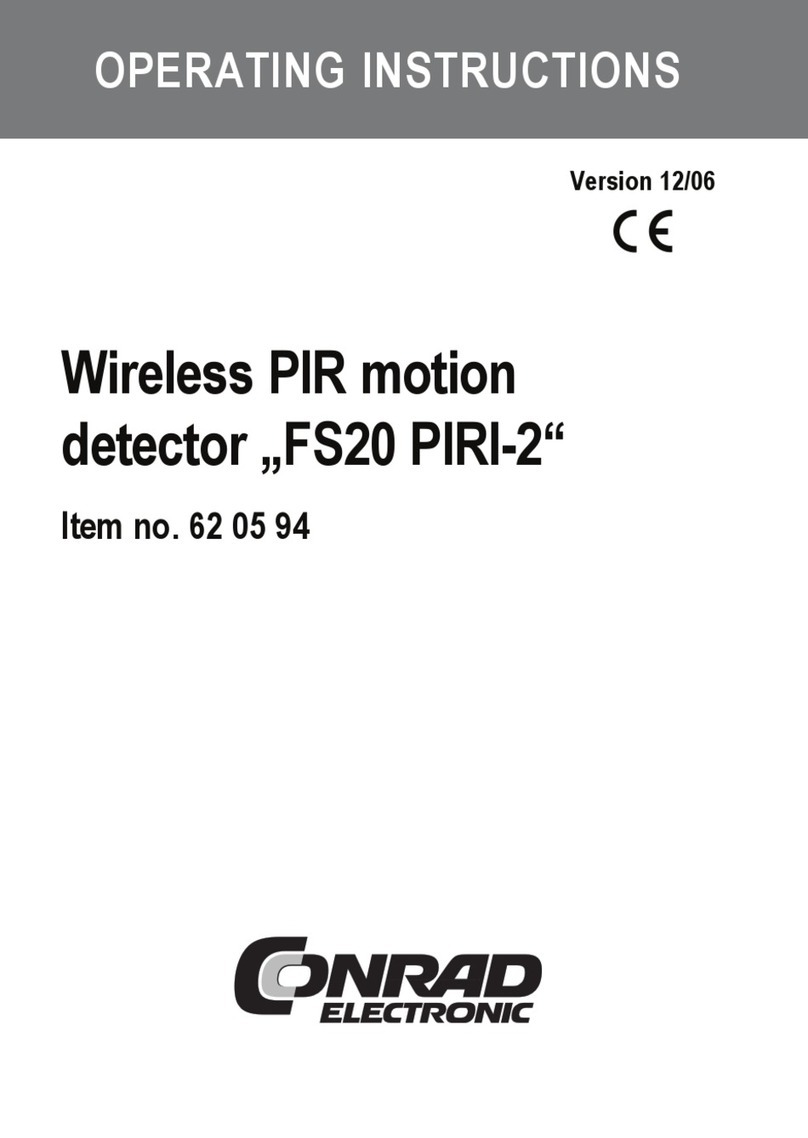3
Table of contents
Page
1. Prescribed use ............................................................................................................... 5
2. Scope of delivery ........................................................................................................... 5
3. Explanation of icons ...................................................................................................... 5
4. Features ......................................................................................................................... 6
5. Factory setting ............................................................................................................... 7
6. Technical specifications ................................................................................................ 7
7. Safety instructions ......................................................................................................... 8
a) General information ................................................................................................ 8
b) Battery/rechargeable battery detailed information ................................................ 9
8. Installation .................................................................................................................... 10
a) General notes on installation ............................................................................... 10
b) Installing the FS20 PIRI ....................................................................................... 11
Installation with wall bracket ................................................................................ 11
Installation without wall bracket ........................................................................... 12
9. Inserting/replacing batteries ........................................................................................ 13
10. Control panel ............................................................................................................... 14
11. Initial operation ............................................................................................................ 15
a) Quick installation with factory settings ................................................................ 15
b) Function test ......................................................................................................... 16
12. FS20 address system basics ...................................................................................... 17
13. Integrating the motion detector into the address system, programming ................... 19
a) Setting the house code ........................................................................................ 19
b) Setting the addresses........................................................................................... 20
c) Assigning function groups and master addresses .............................................. 21
14. Individual settings ........................................................................................................ 24
a) Manual switching .................................................................................................. 24
b) Channel activation, selecting channel operating mode ...................................... 24
c) Setting the brightness value of an individual channel ........................................ 25
d) Saving the same threshold for both channels ..................................................... 25
e) Setting the length of the on-time .......................................................................... 26
f) Setting transmission interval ................................................................................ 27
g) Setting transmission command ............................................................................ 28
h) Setting filter time ................................................................................................... 29
i) Resetting to factory settings................................................................................. 30
j) Programming the receiver timer .......................................................................... 30
15. Handling ....................................................................................................................... 31
16. Maintenance and cleaning .......................................................................................... 31





























